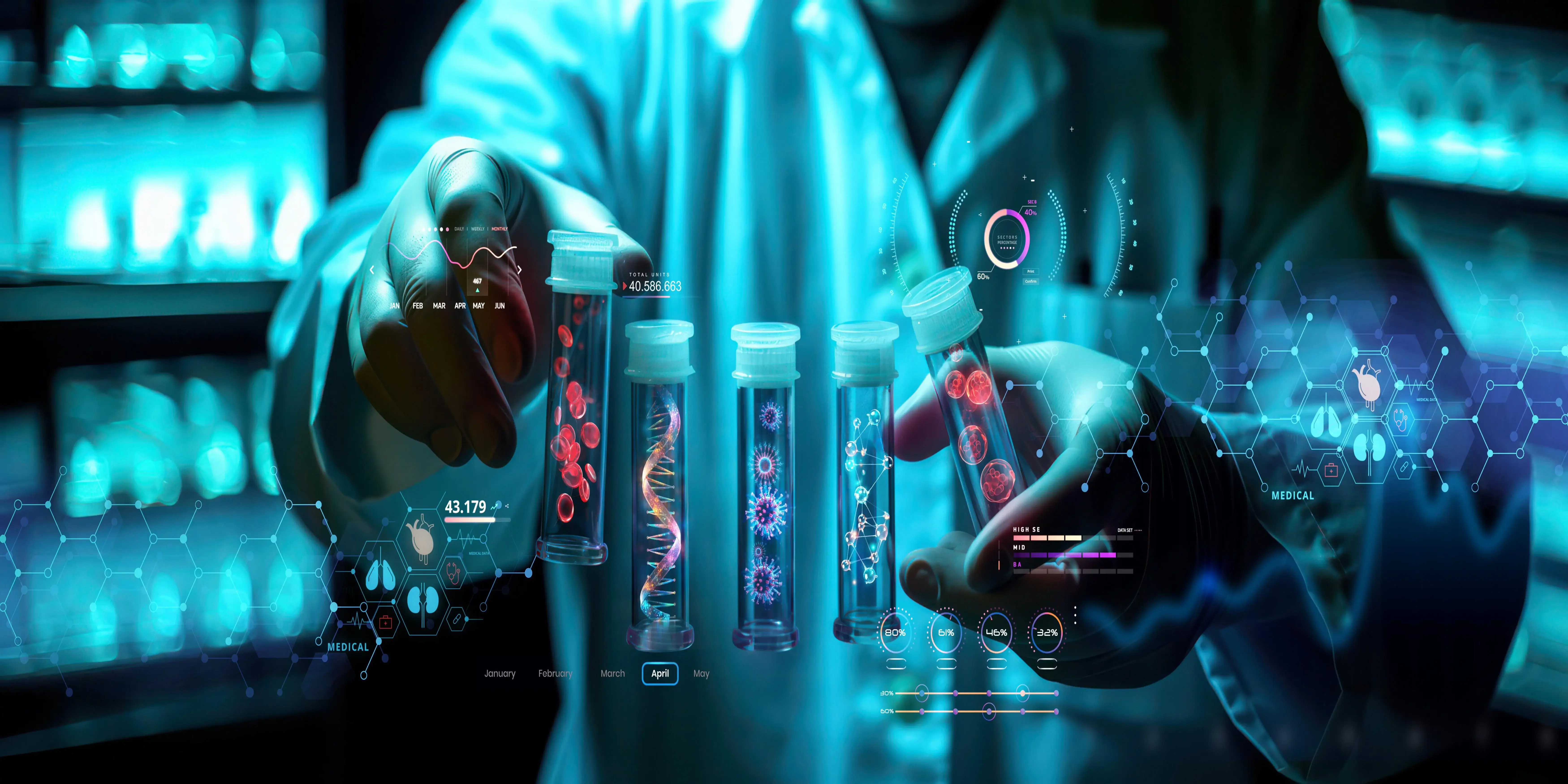The preclinical stage is a key step in drug development and creates a basis for all subsequent clinical studies. This stage mainly seeks to understand the safety, efficacy, and potential risks of a new drug compound before giving it to humans. Any intensive research in the preclinical stage should generate enough information to guide decisions on whether or not a candidate drug is ready for human tests. This article aims to detail the importance, techniques, and legal requirements of preclinical research and the difficulties of researchers in this field.
What is Preclinical Research
Preclinical Research Definition
These studies, therefore, refer to in-lab and animal studies carried out before even initiating human clinical trials into a drug to test its safety and biological activity. Such studies are important to know the pharmacokinetics, toxicology, and therapeutic potential of the drug.
The objective of Preclinical Research
The prime aim of the first wave of preclinical studies is to predict the safety profile of the candidate drug. They look for any toxic effects by analyzing studies that explain how the drug works, its ADME properties, etc.
Types of Preclinical Studies
There are two primary kinds of preclinical studies: in vitro work done in test tubes or cell cultures and in vivo work done in live animals. Each form of study has provided complementary information that may predict the in vivo behavior of a drug in humans.
The Significance of Preclinical Research in Drug Development
Certification of Drug Safety and Efficacy
One of the key roles of preclinical research is to ensure the safety of the drug being produced before a drug is subjected to human trials. Data collected during this phase can help identify potential side effects and toxicities that can prove harmful to humans.
Refining Drug Candidates
Through preclinical studies, scientists can prepare a drug candidate by adjusting its chemical composition or dose to increase its therapeutic effectiveness and minimize its potential for causing harmful effects. Optimizing drugs at the preclinical stage improves the chances for success in later phases of clinical trials.
Regulatory Requirements
Generally, regulatory bodies, such as the FDA and EMA require that comprehensive data on a preclinical basis be in place for granting permission to use this drug in clinical trials. Such data are used for the establishment of the IND application; an important step of the drug development process.
Methodologies in Preclinical Research
In vitro experiments
Such research involves controlled-cell, tissue, or organ system environments in which the drug candidates can be studied. Such studies assess the potential interactions of a drug candidate with specific biological targets, toxicity, and even potential therapeutic effects without actually exposing living animals to the drug candidates.
In Vivo Studies
In-vivo studies use animal models to research the pharmacokinetics, pharmacodynamics, and potential toxicities of a drug. Rodents and non-human primates are used as laboratory animals for such tests. In-vivo research predicts the behavior of the drug in a whole organism, thus an indicator of its efficacy and safety.
Toxicology Studies
Toxicology is an integral part of preclinical studies; here, the aim is to identify potential adverse effects such a drug could exert on biological systems. Acute, subchronic, and chronic toxic tests encompass information about potential risks at various drug doses over time.
Challenges in Preclinical Research
Ethical Issues in Animal Testing
The biggest moral objection against preclinical research is the use of animals in studies. Scientists have continued to develop alternative methods, such as advanced in vitro models or even computer simulation models, to avoid further dependency on studies using animals.
Translational Issues
Results generated by preclinical studies, especially those from animals, only go this far. Differences related to metabolism, physiology, and drug response between species can lead to outcomes in a clinical trial that are quite entirely unexpected. One thus cannot predict the human outcome precisely.
Extremely High Costs and Resources
Preclinical research is a costly and time-consuming activity that requires many tools appropriately trained personnel and ethical oversight. It is, therefore, very challenging for smaller research institutions or biotech startups to carry out this activity because of the high costs at this stage of drug development.
Conclusion
The primary body of drug development work occurs in preclinical research, providing the requisite information to ultimately decide if a drug is safe and effective enough to be used as a new treatment. It not only acts as a risk-cushioning exercise before going into human trials but also enables the fine-tuning of drug candidates before they are presented for clinical evaluation. Of course, there are challenges in the form of ethical restrictions and translational limitations, but the importance of preclinical research bears no overemphasis. Advances in technologies always seem to trend towards alternatives to animal tests and more advanced in vitro models, which will be the future of preclinical studies to further improve the process involved in drug development.



